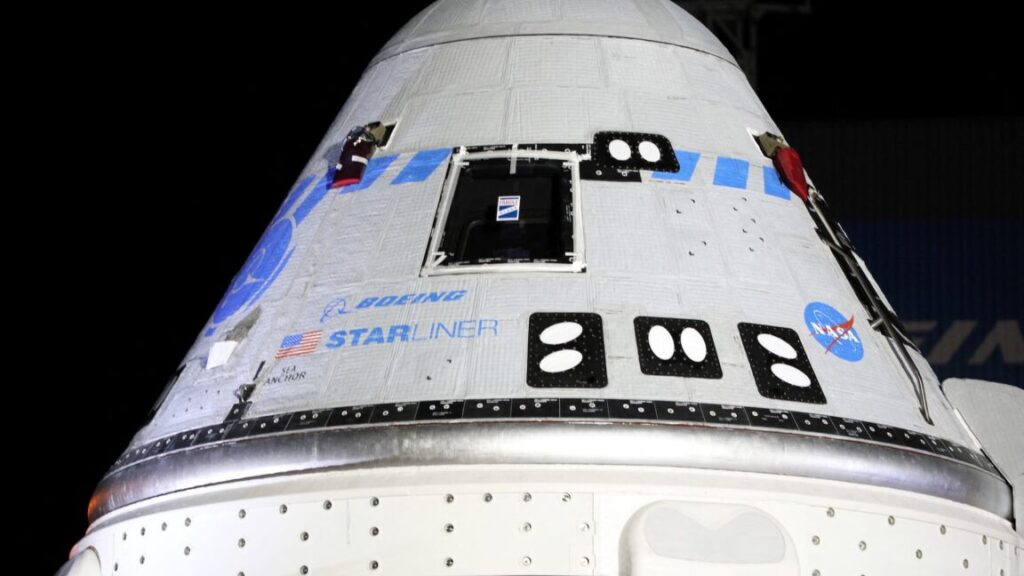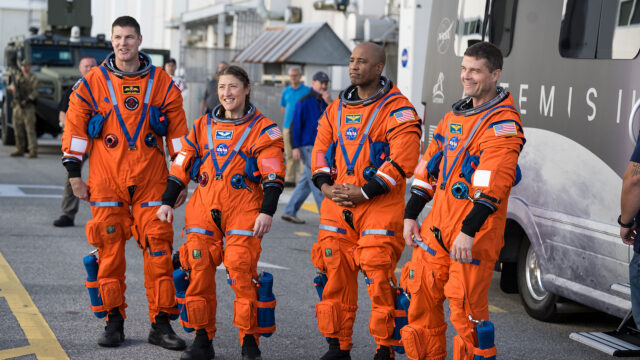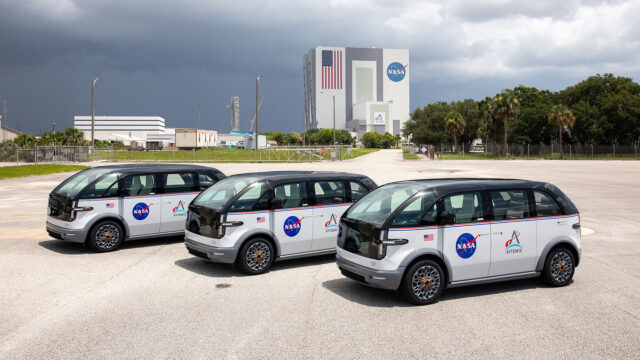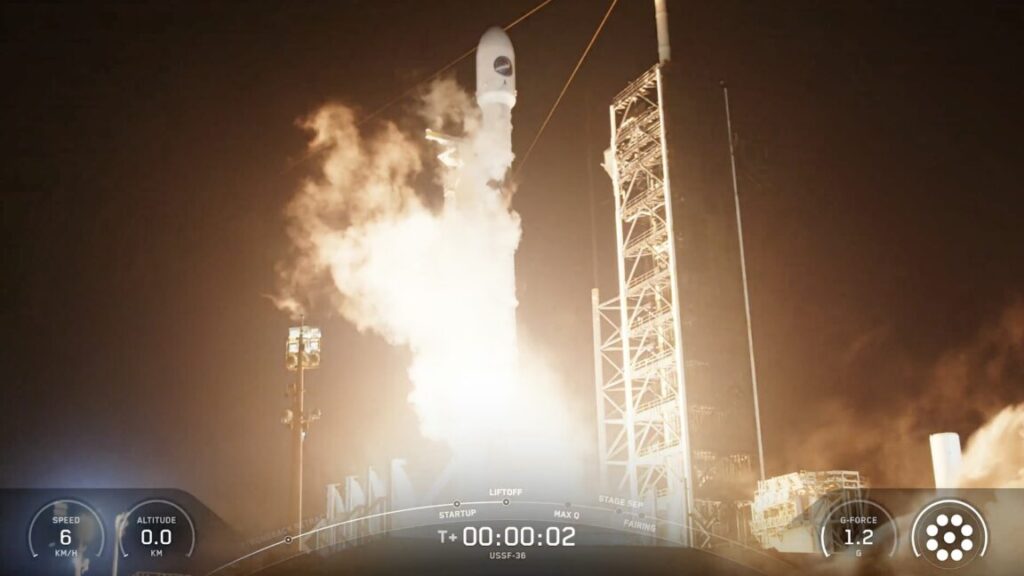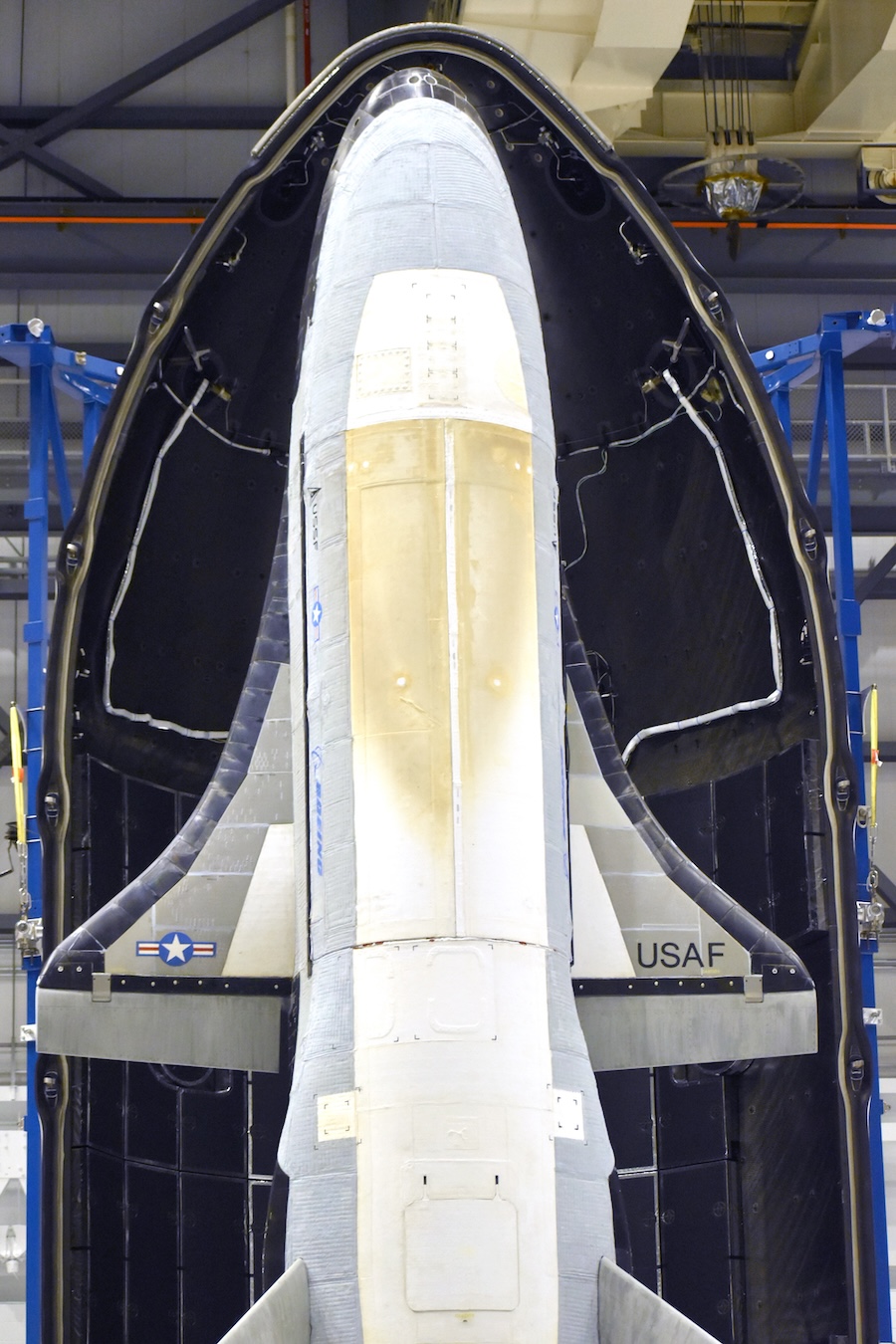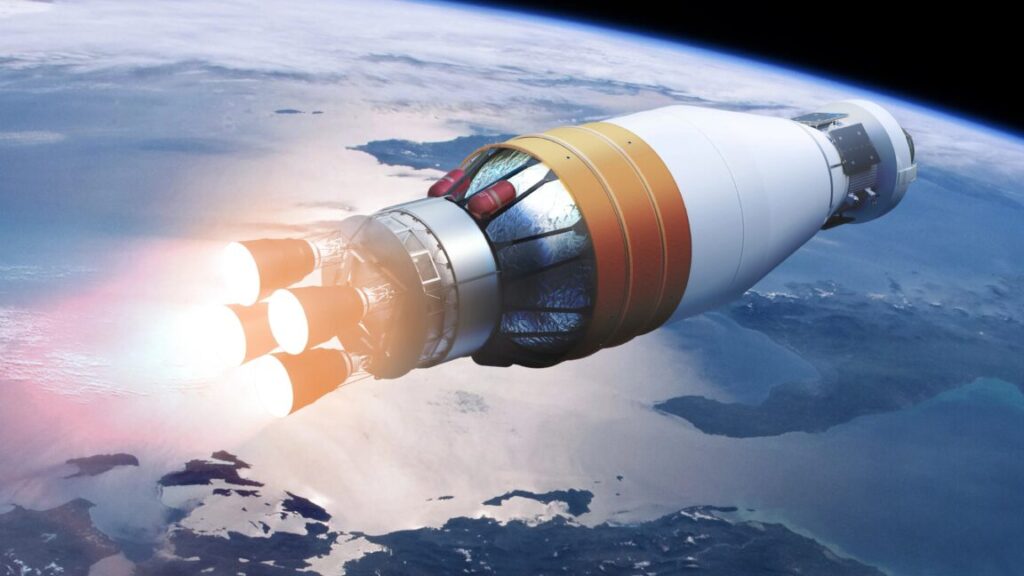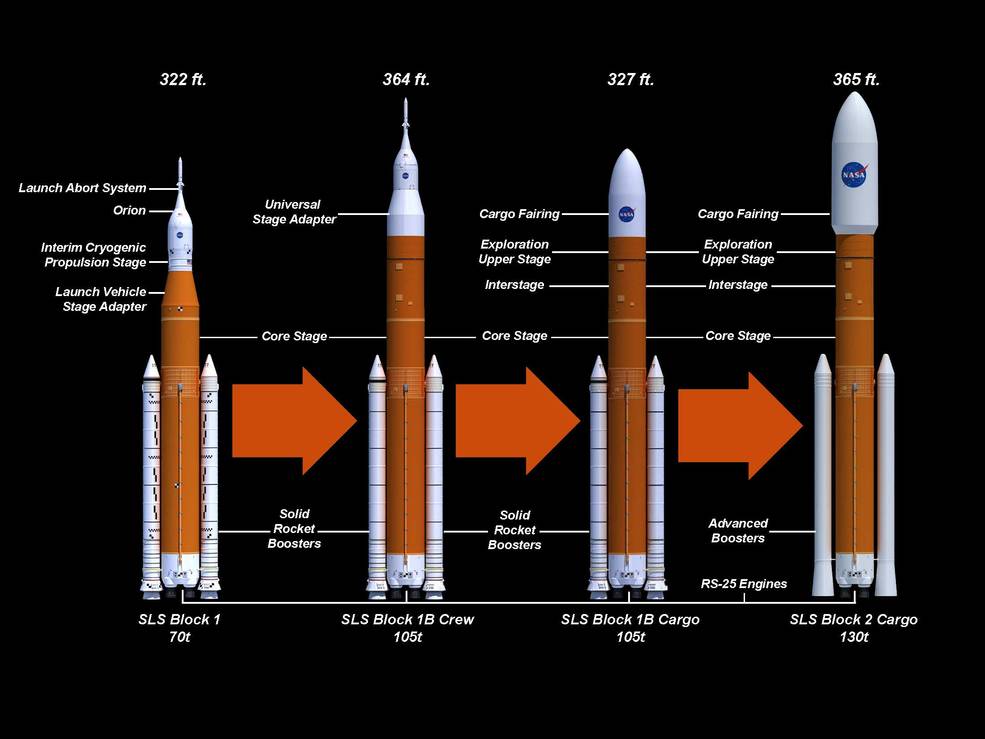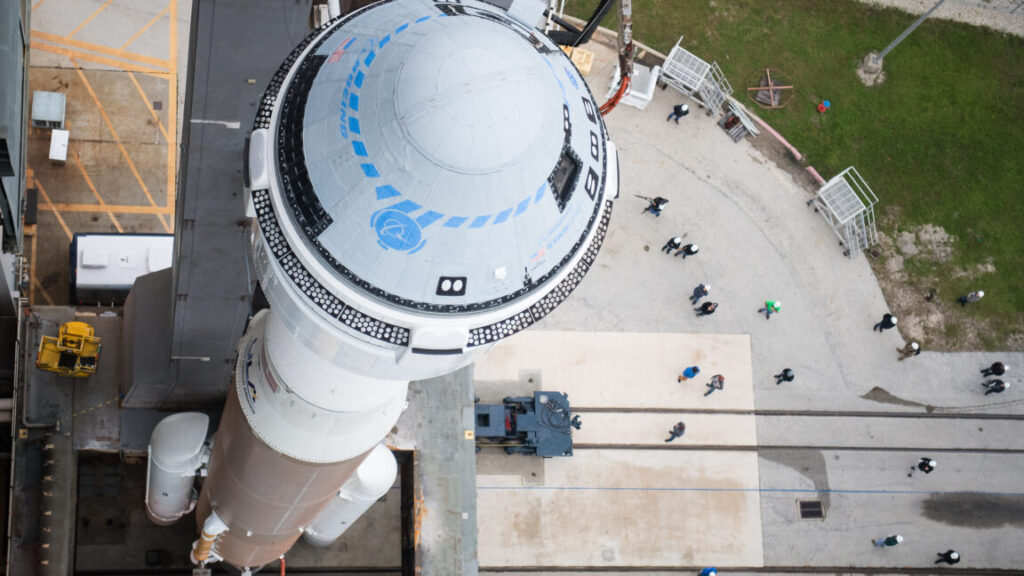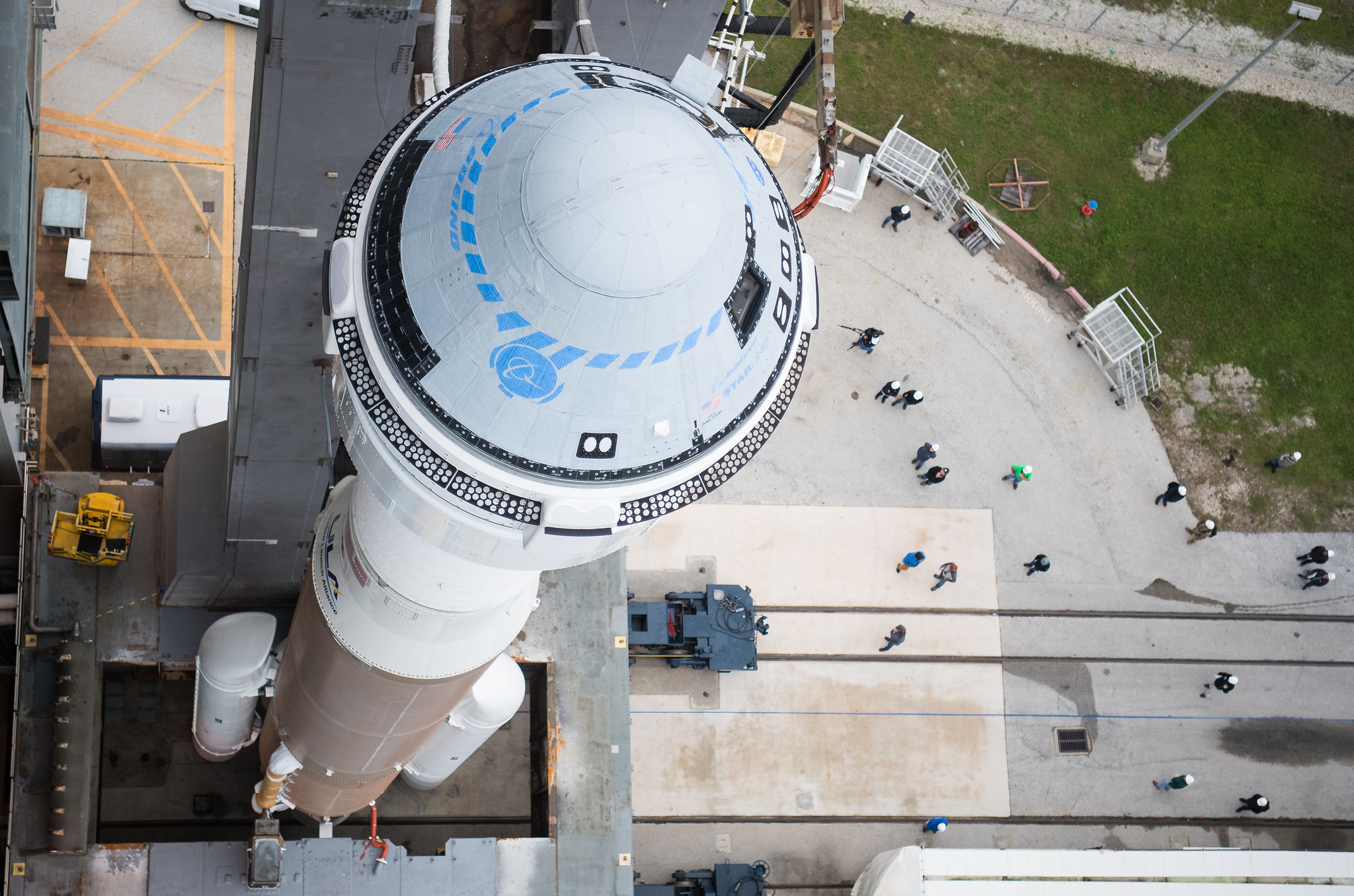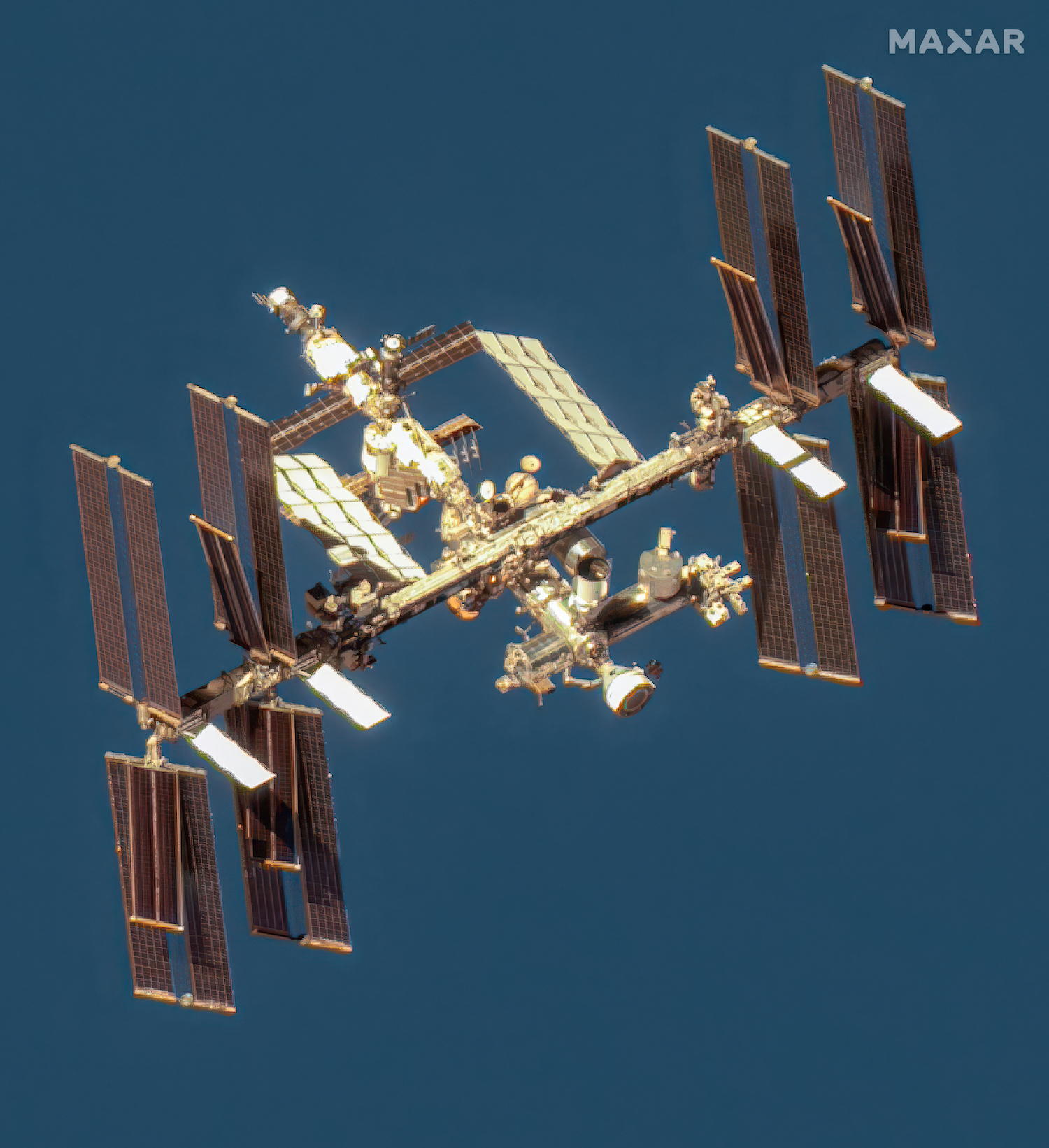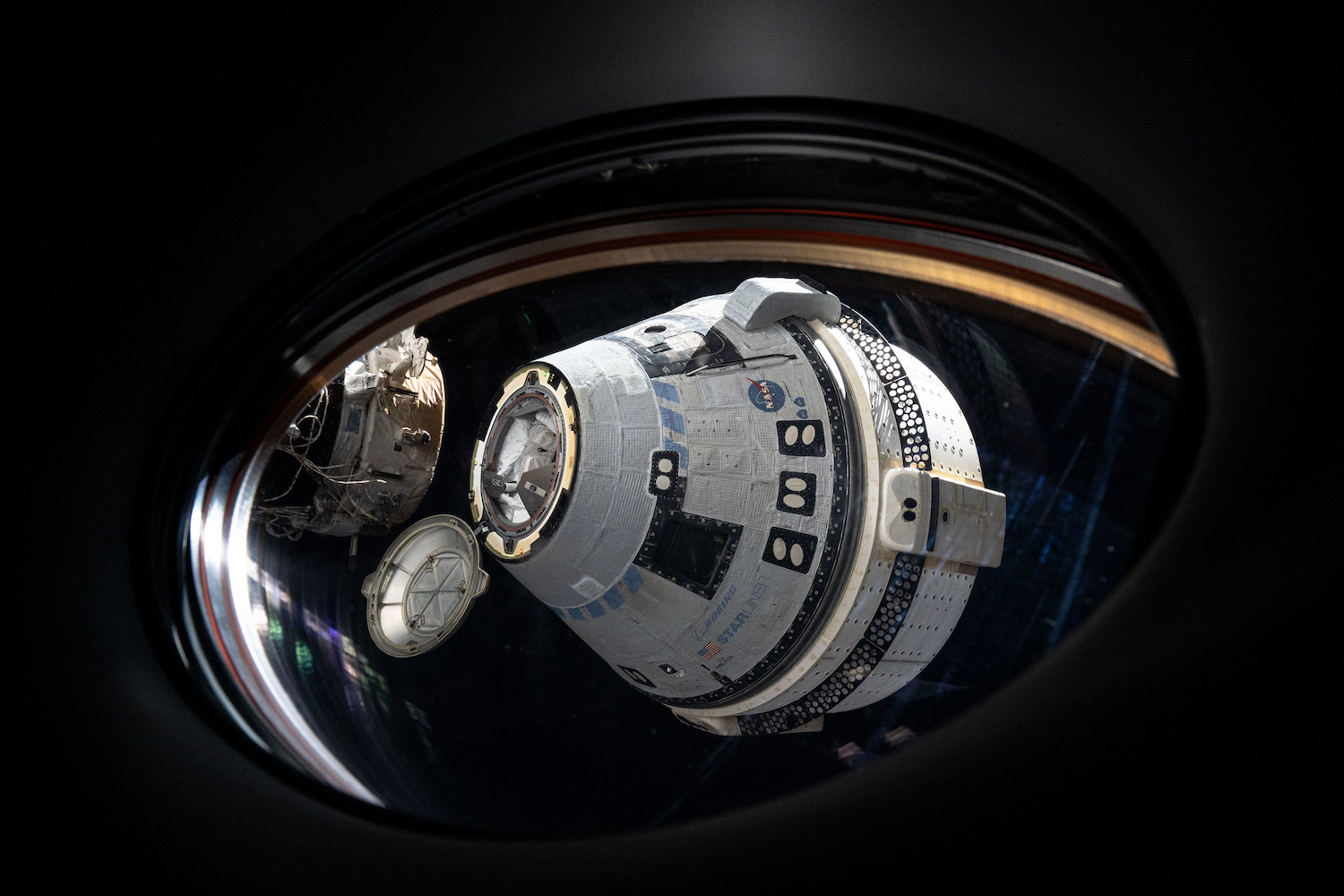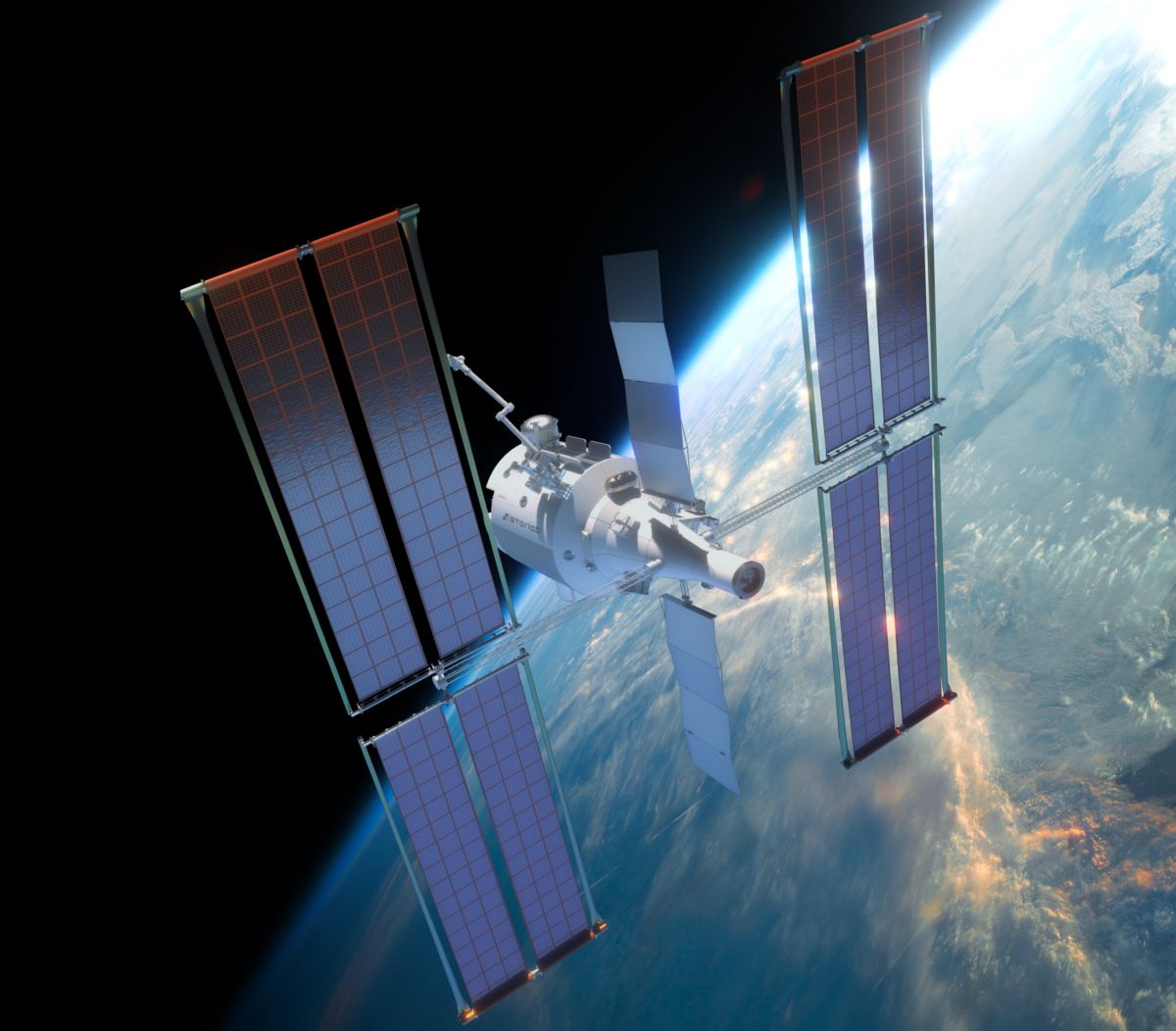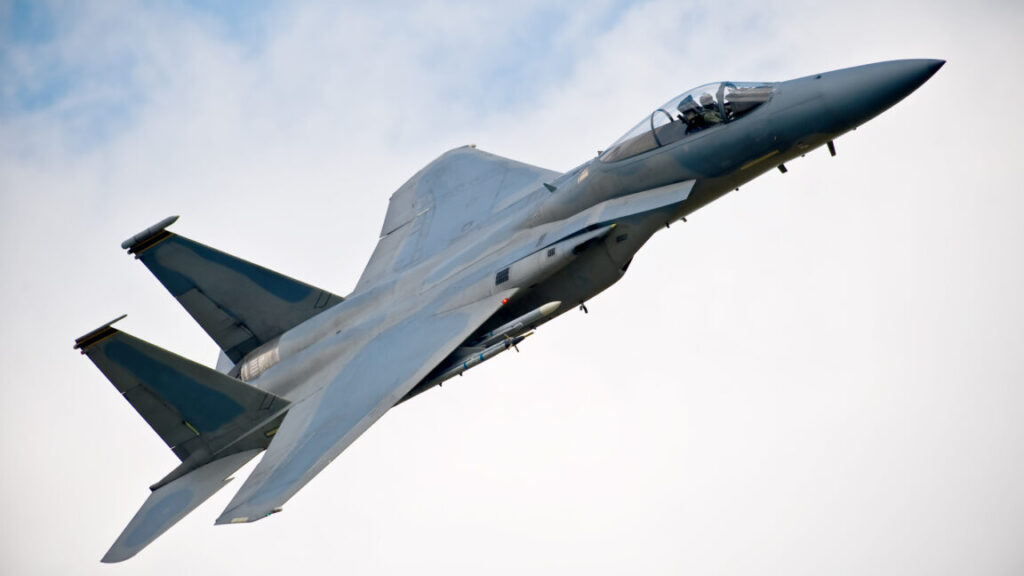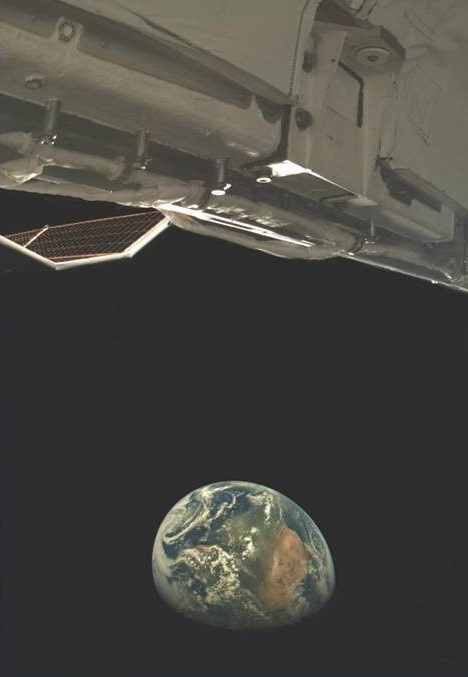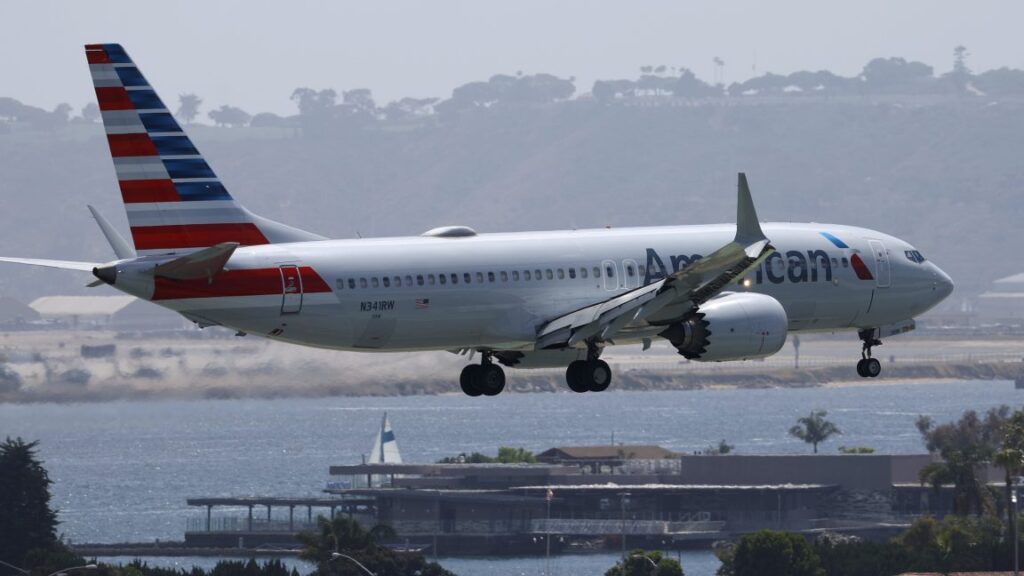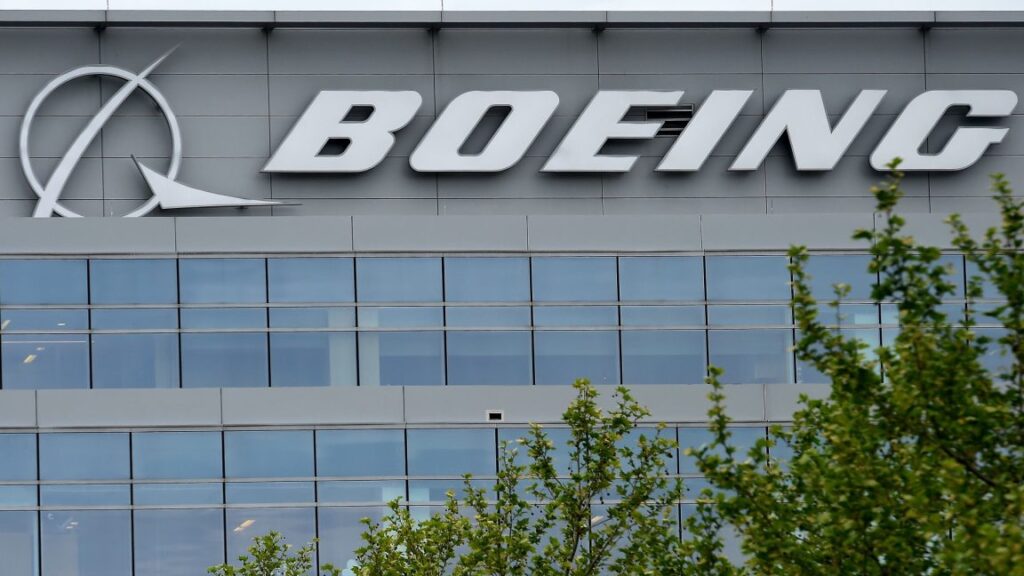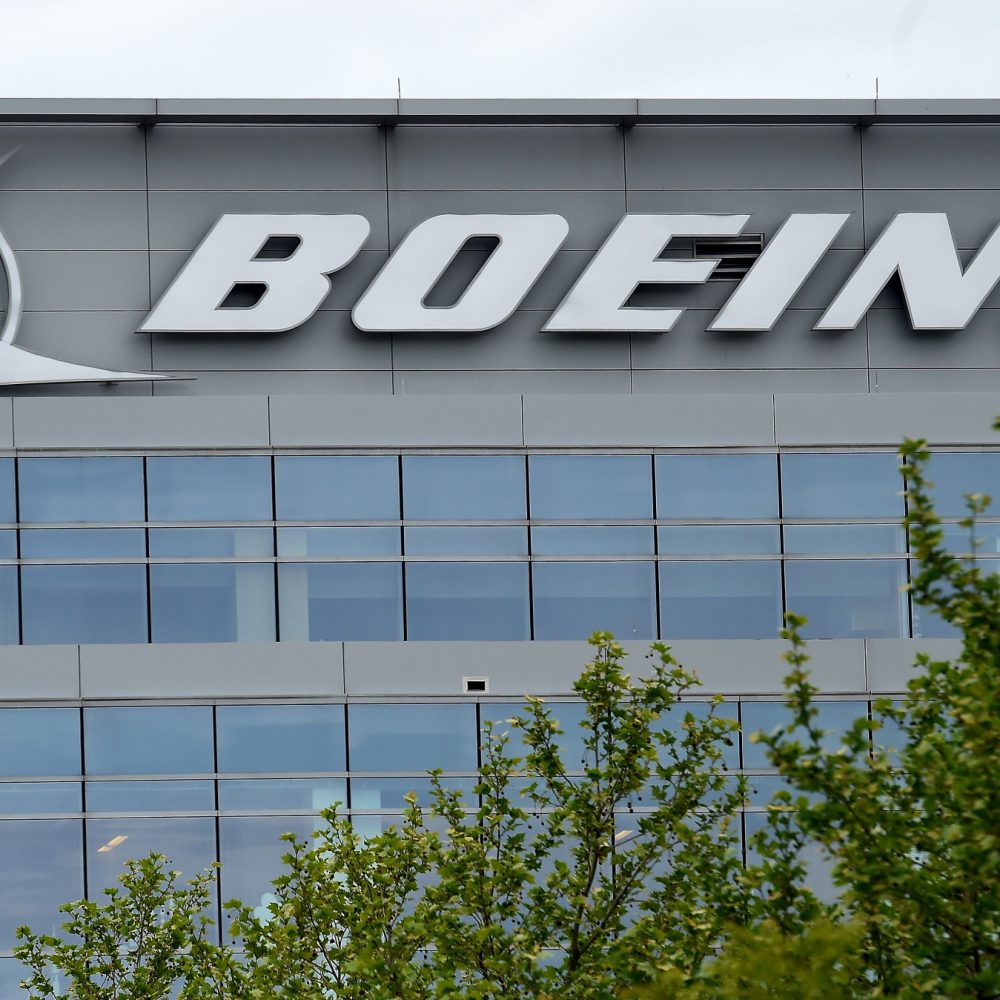In a surprise announcement, Tory Bruno is out as CEO of United Launch Alliance
The retirement of the Atlas V and Delta IV led to a period of downsizing for United Launch Alliance, with layoffs and facility closures in Florida, California, Alabama, Colorado, and Texas. In a further sign of ULA’s troubles, SpaceX won a majority of US military launch contracts for the first time last year.
Bruno, 64, served as a genial public face for ULA amid the company’s difficult times. He routinely engaged with space enthusiasts on social media, fielded questions from reporters, and even started a podcast. Bruno’s friendly and accessible demeanor was unusual among industry leaders, especially those with ties to large legacy defense contractors.
ULA is a 50-50 joint venture between Boeing and Lockheed Martin, which merged their rocket divisions in 2006. Bruno’s plans did not always enjoy full support from ULA’s corporate owners. For example, Boeing and Lockheed initially only approved tranches of funding for developing the new Vulcan rocket on a quarterly basis. Beginning before Bruno’s arrival and extending into his tenure as CEO, ULA’s owners slow-walked development of an advanced upper stage that might have become a useful centerpiece for an innovative in-space transport and refueling infrastructure.
There were also rumors in recent years of an impending sale of ULA by Boeing and Lockheed Martin, but nothing has materialized so far.

The third flight of the Vulcan rocket lifted off from Cape Canaveral Space Force Station, Florida, on August 12, 2025. Credit: United Launch Alliance
A statement from the co-chairs of ULA’s board, Robert Lightfoot of Lockheed Martin and Kay Sears of Boeing, did not identify a reason for Bruno’s resignation, other than saying he is stepping down “to pursue another opportunity.”
“We are grateful for Tory’s service to ULA and the country, and we thank him for his leadership,” the board chairs said in a statement.
John Elbon, ULA’s chief operating officer, will take over as interim CEO effective immediately, the company said.
“We have the greatest confidence in John to continue strengthening ULA’s momentum while the board proceeds with finding the next leader of ULA,” the company said. “Together with Mark Peller, the new COO, John’s career in aerospace and his launch expertise is an asset for ULA and its customers, especially for achieving key upcoming Vulcan milestones.”
In a post on X, Bruno thanked ULA’s owners for the opportunity to lead the company. “It has been a great privilege to lead ULA through its transformation and to bring Vulcan into service,” he wrote. “My work here is now complete and I will be cheering ULA on.”
In a surprise announcement, Tory Bruno is out as CEO of United Launch Alliance Read More »

